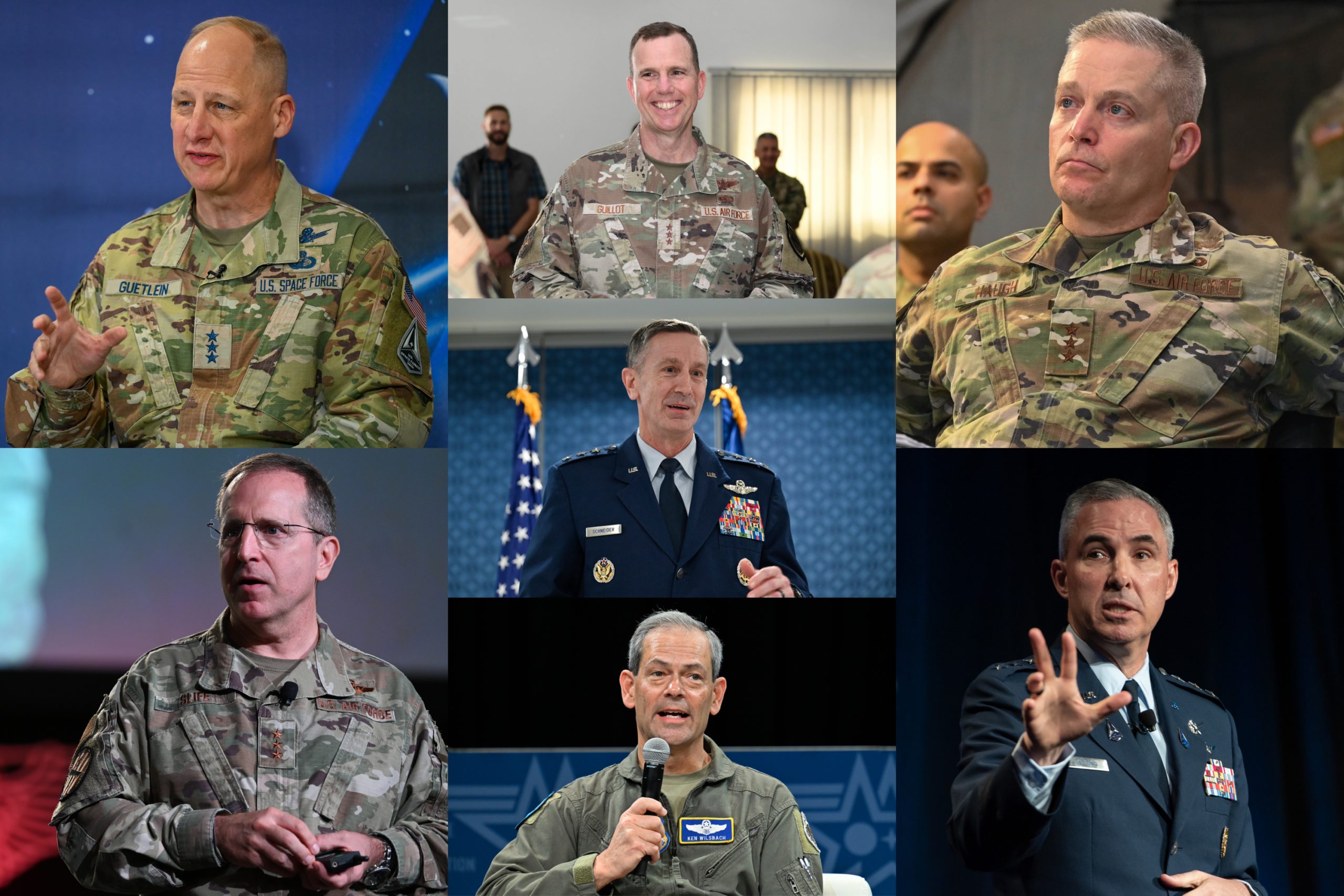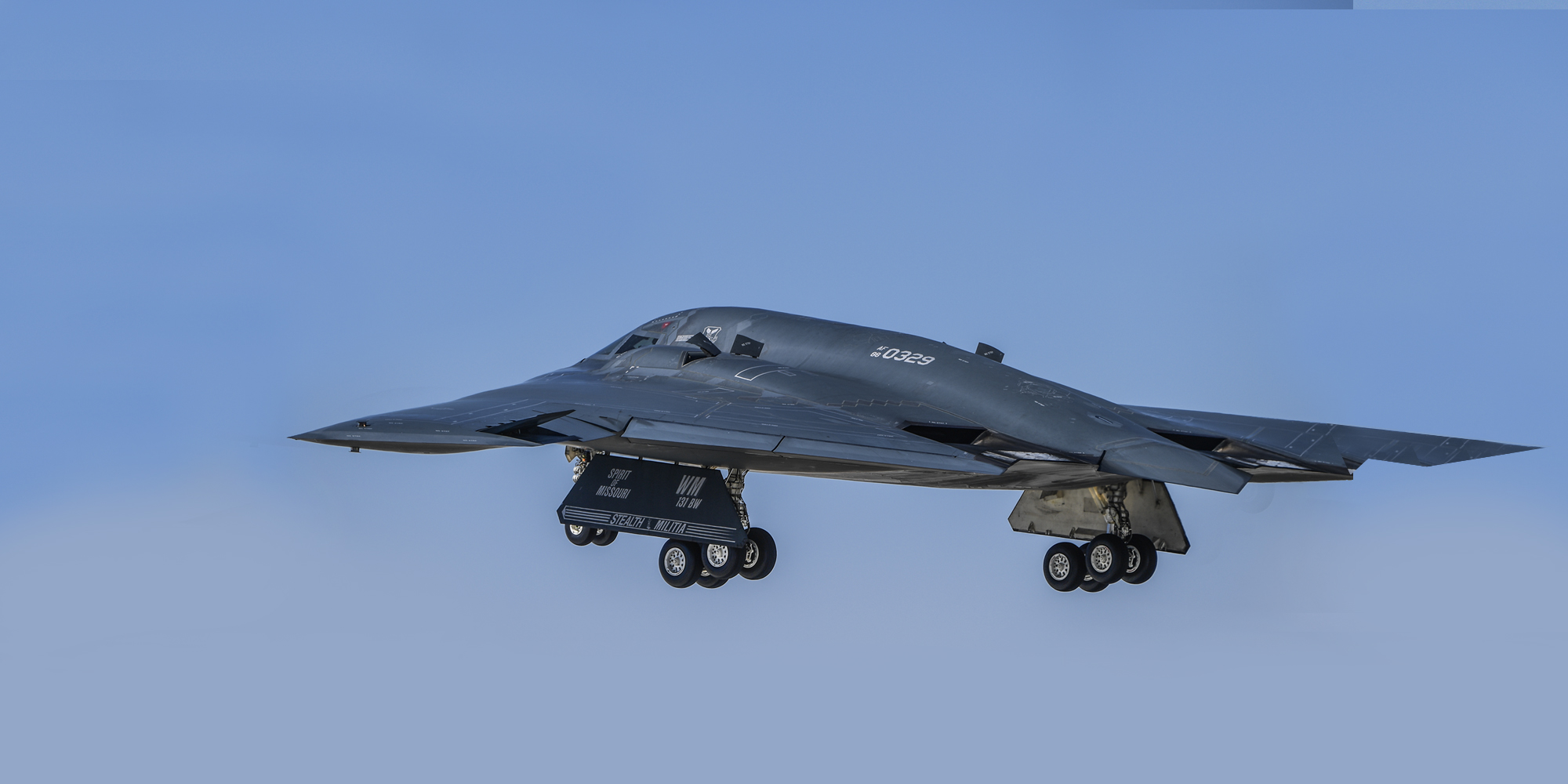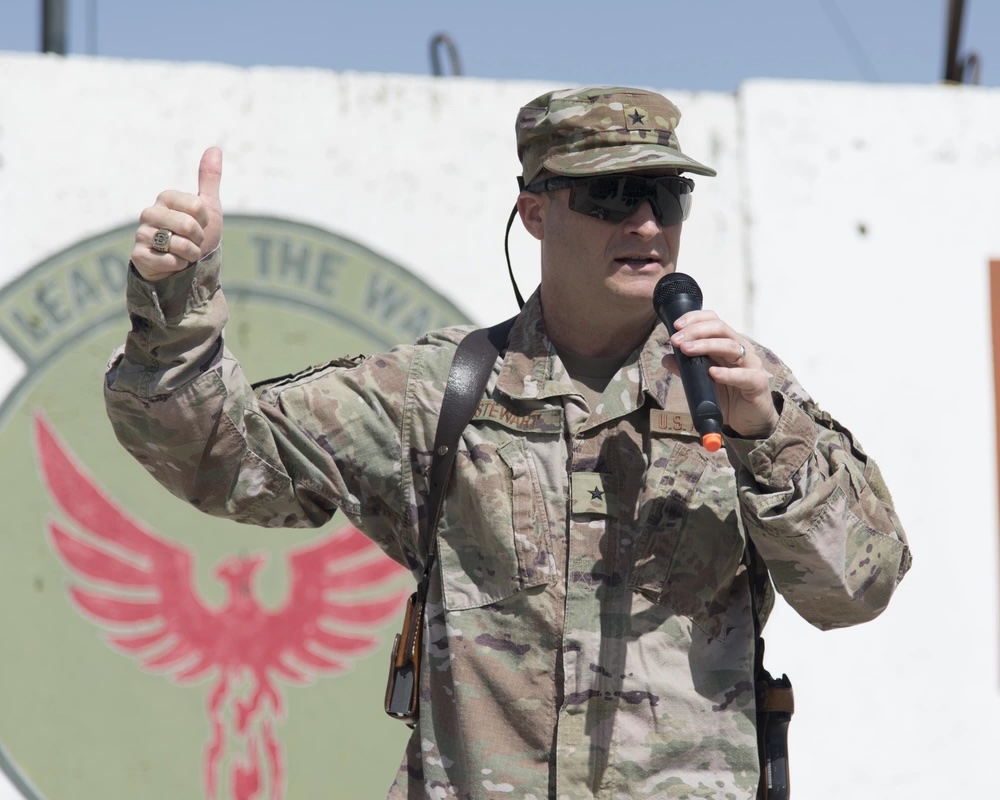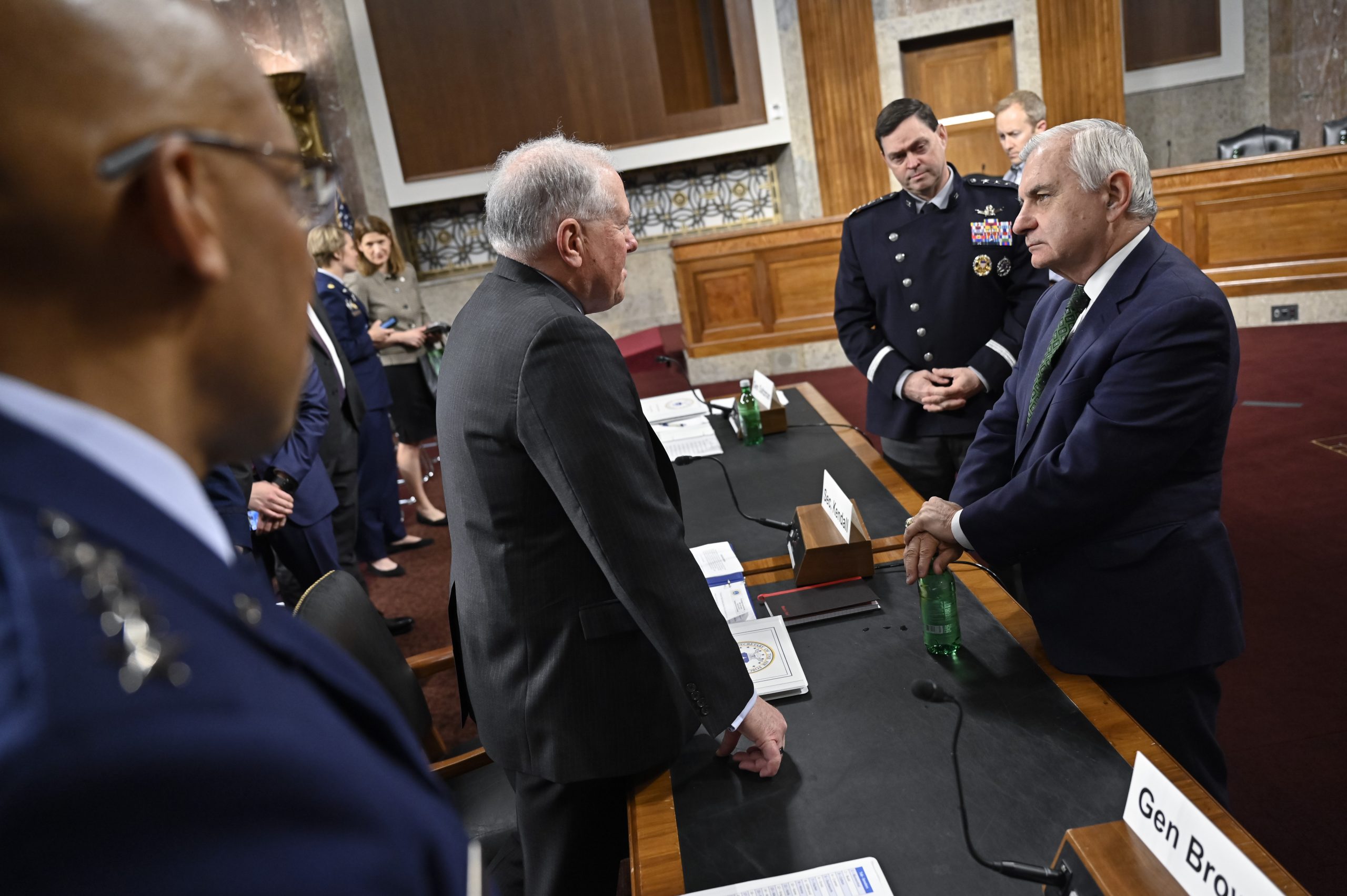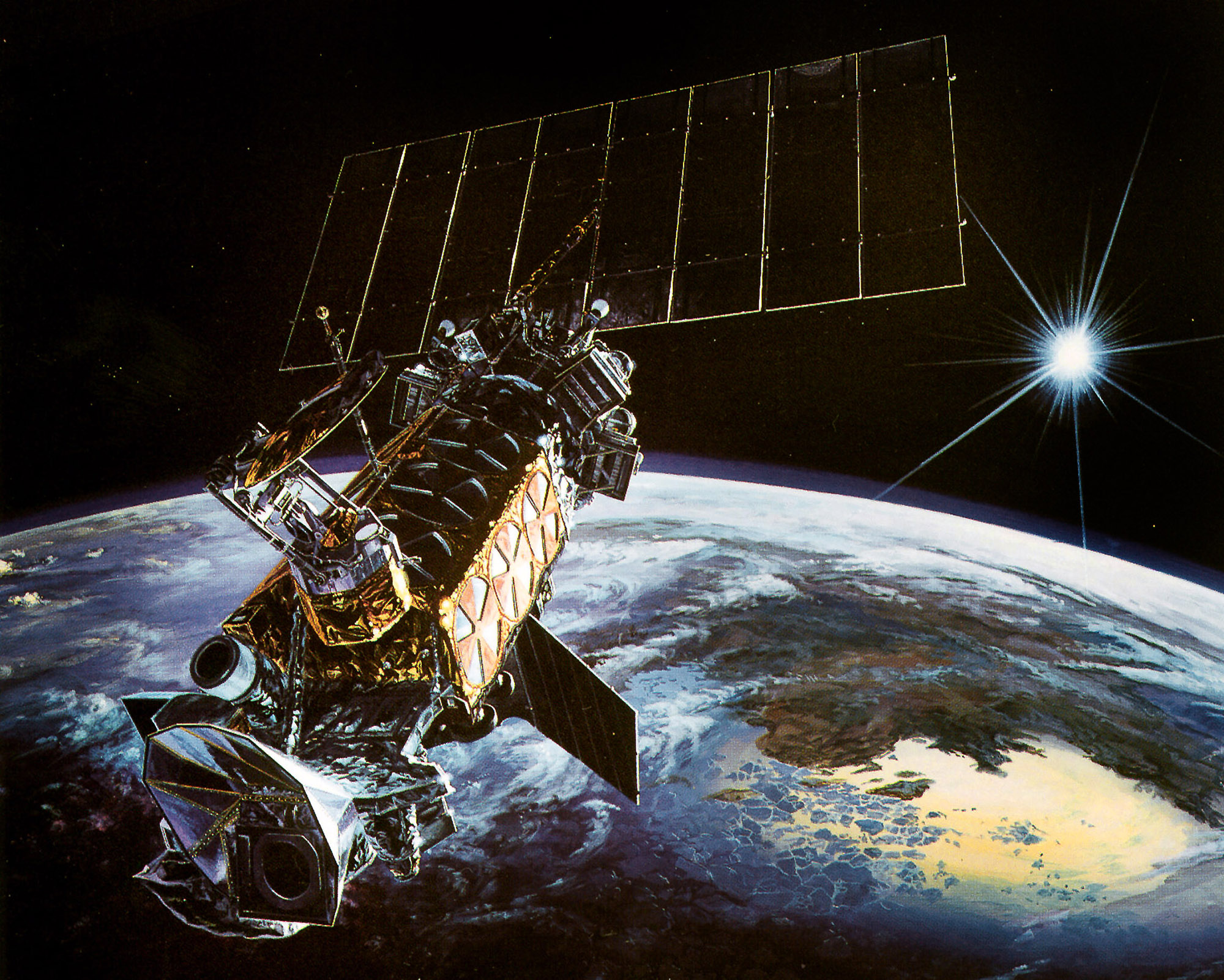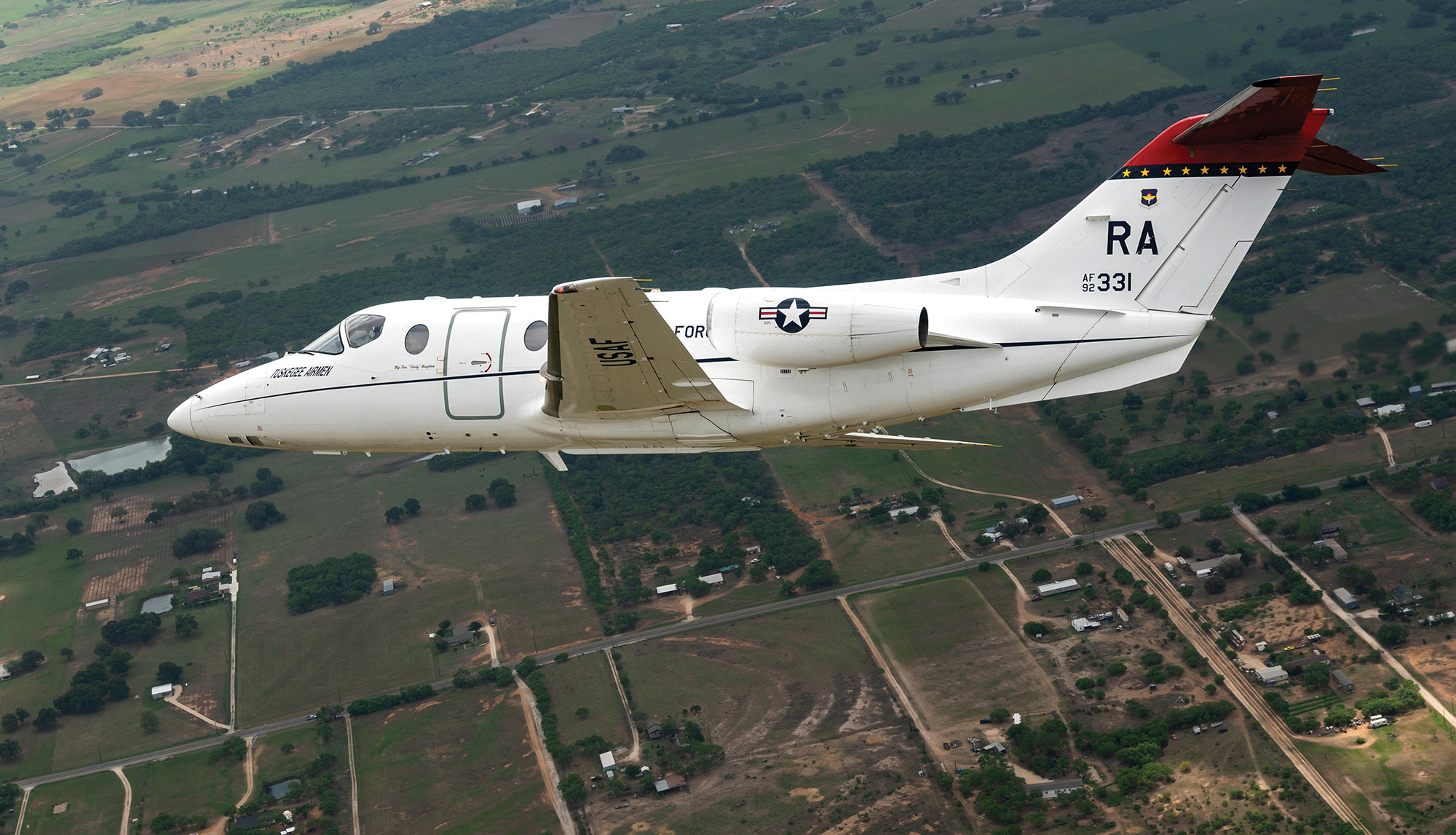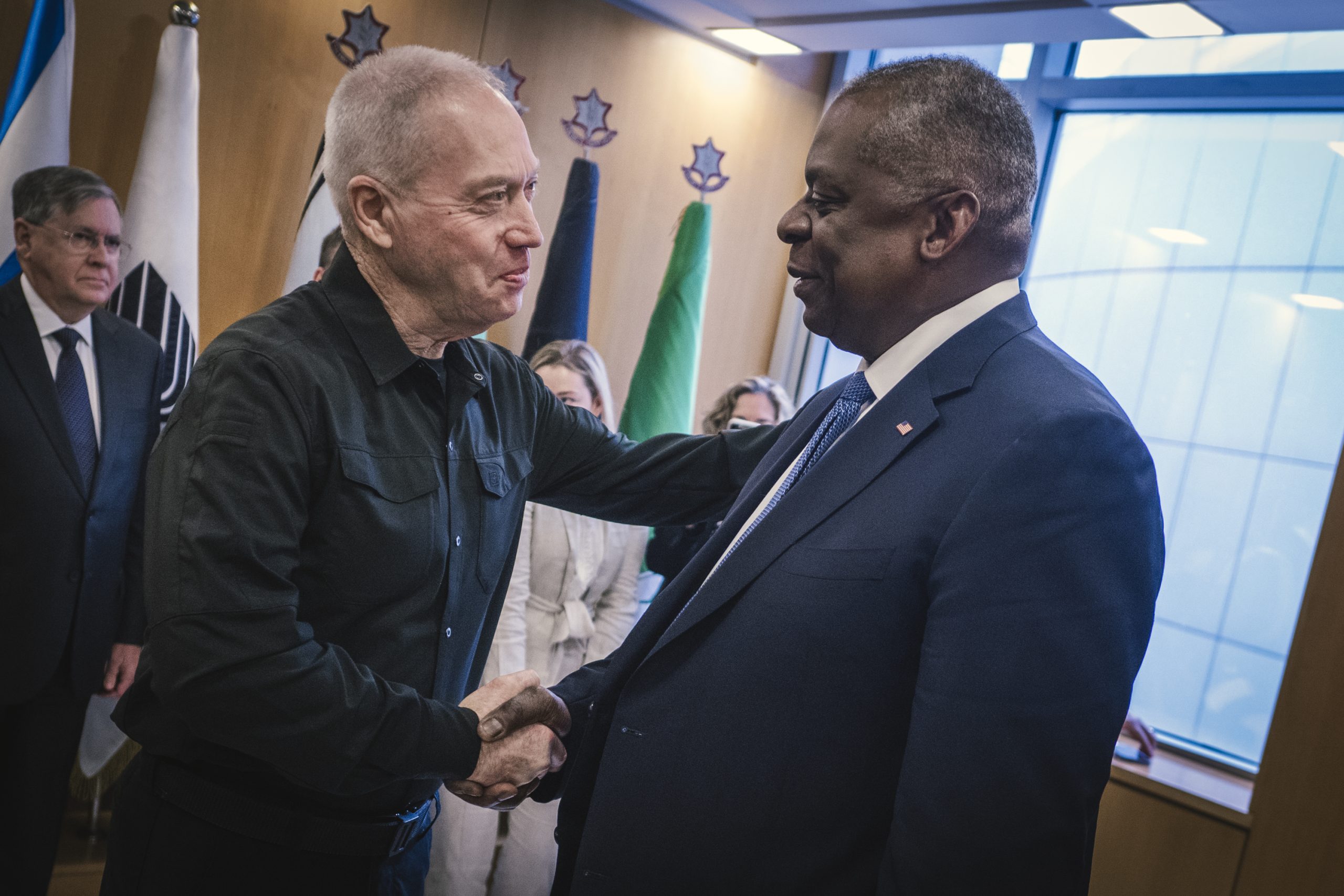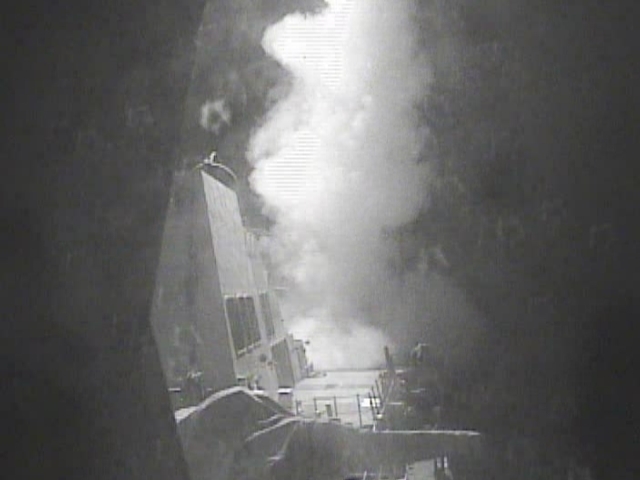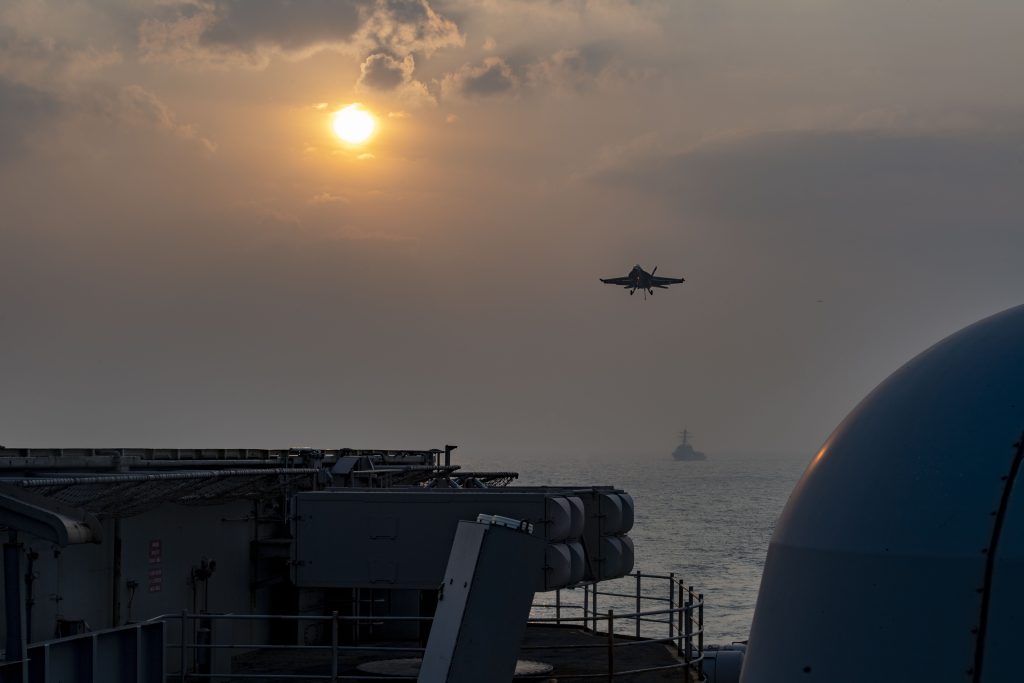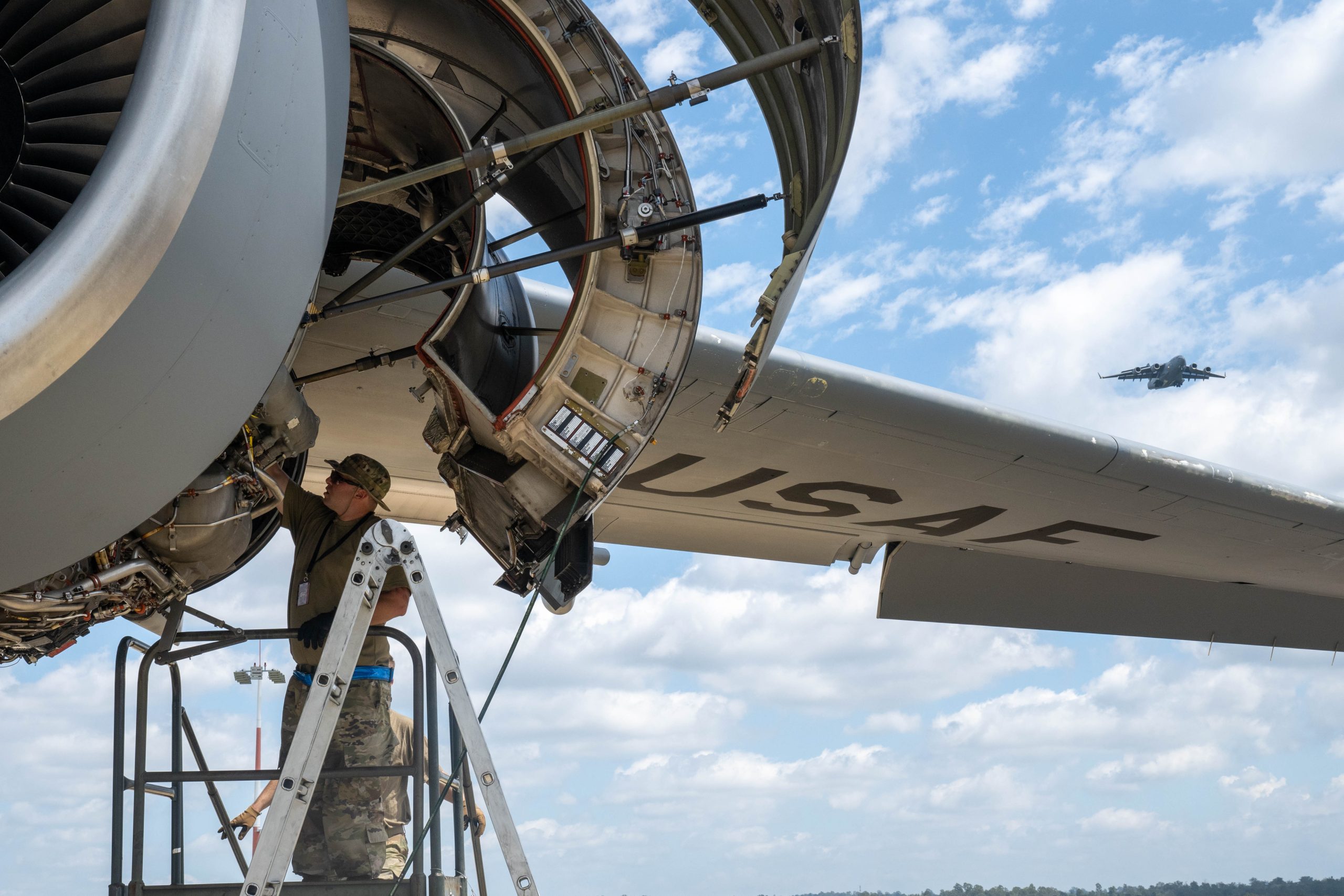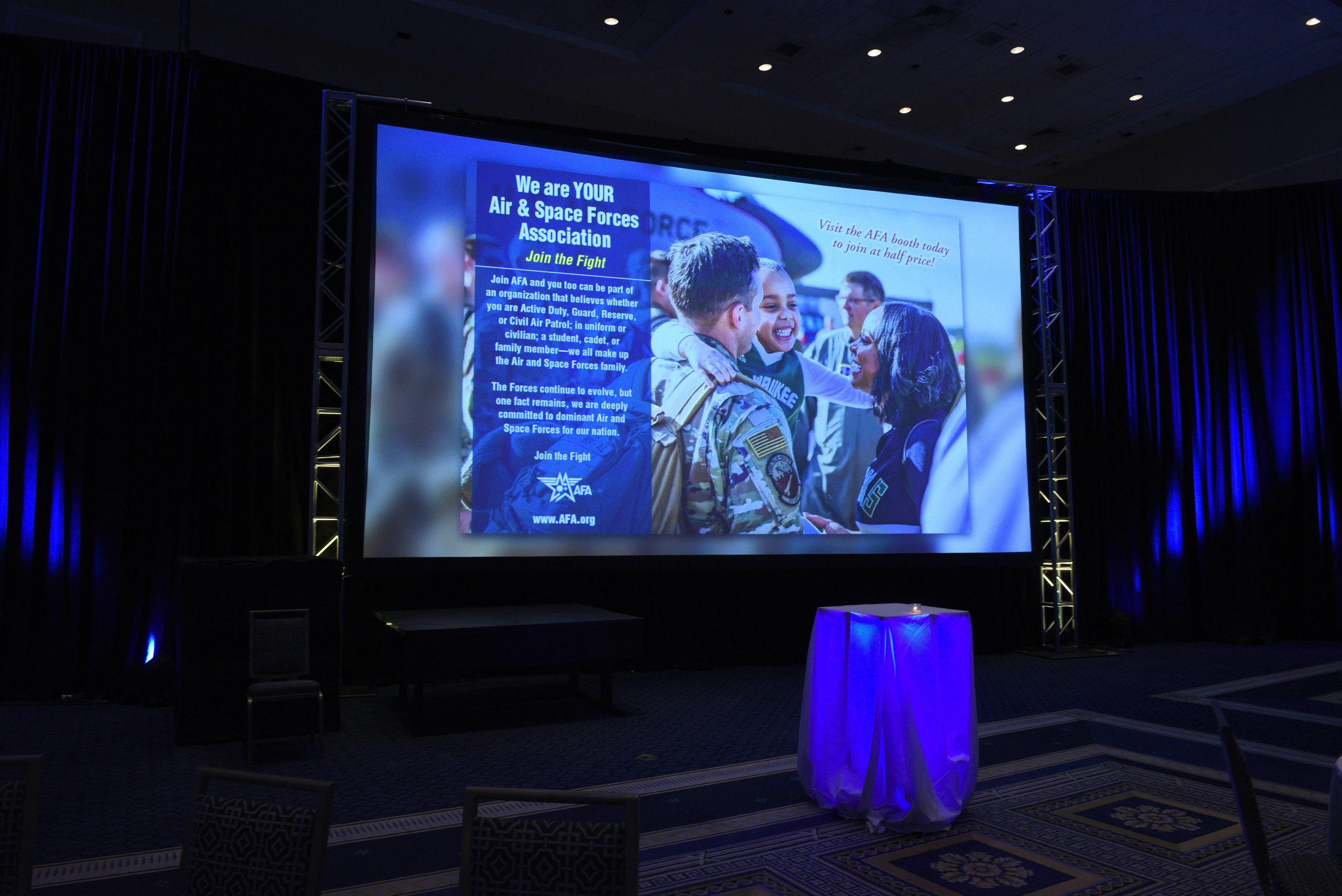The Air Force and Space Force will get new No. 2 officers, and three USSF and USAF generals will lead combatant commands after the Senate cleared its last remaining general officer nominations Dec. 19.
Lt. Gen. James C. “Jim” Slife will gain a fourth star and take over as Vice Chief of Staff of the Air Force and Lt. Gen. Michael A. Guetlein will gain a star and move up to Vice Chief of Space Operations. Both men waited months for their nominations to be approved amid a standoff between Sen. Tommy Tuberville (R-Ala.) and the Pentagon over its reproductive health policies, which provide funds to service members to travel out of state to seek services, including abortions.
Tuberville initially placed a legislative hold on all general and flag officer nominations starting in March. On Dec. 5, he lifted that hold on all nominations below four-star generals and admirals. On Dec. 19, with the Senate looking to wrap up its legislative business for the year, Tuberville once more ceded, allowing the last group of nominations to be approved in a quick voice vote.
Slife’s confirmation in particular is crucial as the service has been without a confirmed vice chief since Gen. David W. Allvin was sworn in as chief of staff last month.
In addition to Slife and Guetlein, five other Air Force and Space Force officers were approved as part of the last-minute push. Three will be promoted to four-star generals and lead combatant commands:
- Lt. Gen. Gregory M. Guillot will lead U.S. Northern Command and NORAD
- Lt. Gen. Timothy D. Haugh will lead U.S. Cyber Command
- Lt. Gen. Stephen N. Whiting will lead U.S. Space Command
Two will lead Air Force major commands:
- Gen. Kenneth S. Wilsbach will become the head of Air Combat Command
- Lt. Gen. Kevin B. Schneider will get a fourth star and become commander of Pacific Air Forces
The seven newly confirmed promotions also clear up a backlog that was preventing a handful of other officers from moving into new positions, and clears the way for other general officers who had stayed on longer than expected to finally retire.
Of the 11 combatant commands, four will now be led Air Force generals and one by a Space Force general.
